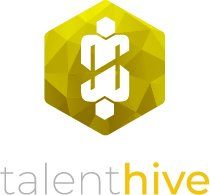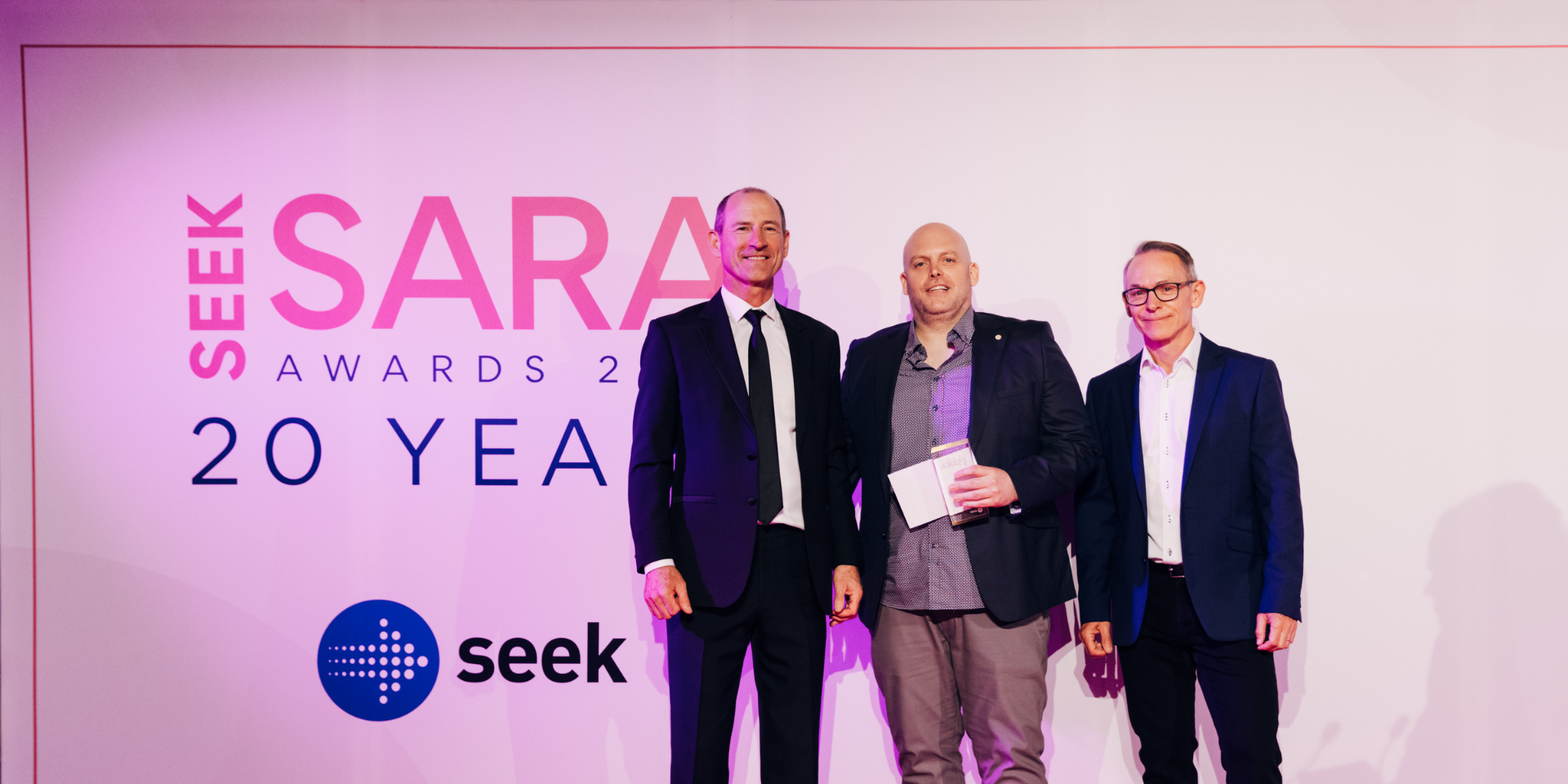WHAT ROLE WILL DATA PLAY IN MEASURING MY WORK PERFORMANCE?
Marc Denham • September 20, 2021
In just a few years, data analytics has gone from a niche occupation, of interest only to market researchers and IT specialists, to become a driving force behind almost every business model.
It’s not just about building a clearer picture of industry and market trends. Analytics is also a powerful tool for assessing the efficiency of a workforce. As an employee, it’s important to understand how data is used to track and analyze your performance. The more insight you have into how your role is evaluated, the easier it is to position yourself for promotions and pay increases.
Though not all employers are using analytics for performance management, you should assume they are. Software developers are making it easier for the data-illiterate to gain insights, using visualisation to present statistics in a user-friendly way. Data collection and analytics is also becoming increasingly affordable, allowing smaller companies to compete with and out-wit big corporate rivals.
The level of sophistication provided by analytics tools is a positive development for hardworking team-players. Traditional performance review metrics tended to overvalue star performers (or ruthlessness), whilst overlooking employees who advanced team objectives. Now, call tracking and analytics can tell a company which employees were involved at every stage of the transaction, from lead generation to conversion. The unscrupulous loudmouth, happy to gazump his colleagues and claim the credit (and the bonus), could be a thing of the past.
This is undoubtedly a good thing for employee and employer alike. The best performers are by nature team-oriented. They thrive in collaborative environments and rarely call attention to themselves. Data analytics can quickly identify the hidden talent within an organization, and not just pinpoint the weak links, but establish precisely where they’re going wrong so that adequate training and feedback can be offered.
To help you understand how employers use performance management tools, we’ve compiled some typical inquiries, historically answered by a combination of hunches and personal bias, now easily solved by analytics:
- Is everyone focused on what’s important? Strategic goals can be aligned throughout a company, allowing individual efforts to more accurately reflect and support the overall organizational strategy. Problem areas can be identified early, and resources re-assigned to where they are needed most.
- Where are tomorrow’s leaders? Strong performers can be identified from individual performance metrics to create a pool of potential future leaders who will benefit from focused development and retention efforts.
- Do we have the talent we need for future growth? Understanding whether the right talent exists within an organization or needs to be sourced externally can save companies time and money. As competency requirements are determined, recruiters can source candidates with the right experience – or develop talent already within the organization.
Automating performance management and data collection enables employers to apply the same high standards to human capital decisions as they do for other assets. In tandem with next-generation learning platforms, predictive analytics opens up new avenues for optimizing talent management, hiring processes and professional development. These powerful tools are already helping businesses remove any ambiguity surrounding employee performance, consigning gut-instinct and subjectivity to history. In a data-led employment culture, only good collaborators and consistently strong performers need apply.
Marc is a Director of The Talent Hive and leads our IT recruitment practice. Originally from the UK, Marc has been living in Christchurch, New Zealand for ten years and working in the recruitment sector for just as long. Marc has worked as an in-house recruiter and within multinational recruitment consultancies and independent SME recruitment businesses.
At The Talent Hive we specialise in connecting IT & Engineering professionals with the right career opportunities. We encourage collaboration, socialising your success and sharing industry insight and expertise. Start the journey, connect with The Talent Hive today.

The economic conditions are influencing the contract employment landscape in several ways. Here are some of the trends Talent Hive has seen recently. Demand Shifts NZ firms facing economic headwinds are hesitant to commit to FTE hires but with projects and deadlines still to deliver on, there is likely to be more reliance on temporary and contract solutions to manage workloads in the coming months. Available Talent Although not widespread, layoffs and restructures in the Tech sector could lead to a larger pool of candidates available for temporary and contract work, and Talent Hive has seen an increase in enquiries from people looking to understand how they might set themselves up for contract engagements. This has the potential to increase competition but could also provide businesses with access to qualified talent on a flexible basis. Tech Sector Specifics We are seeing an increase in demand for contract staff recently, particularly Software Developers, Integration and Solution Architects, and Business Analysts. This upswing in demand is reflected in the recent Seek job listings data. There are 207 Contract IT/Tech roles advertised on Seek today and 23% of those contract roles have been listed in the last 7 days. 52 of the 207 contract roles advertised are for Software Eng/Developers with 30 listed ads for Contract BA’s. Wage Control In Stats NZ’s latest update, New Zealand's salary rates actually increased by 4.1 percent in the year to March. That labour cost growth slightly outstripped inflation, which was sitting at 4 percent. Contract hourly rates in the Technology sector have stabilised in recent months as hiring demand has decreased and we may even see hourly rates come back a little, particularly for role types where there is an oversupply of contract talent. Hybrid Work Trend One trend we are certainly seeing in the contract market are fewer remote work opportunities. Increasingly there is a requirement for contractors to have the ability to work some of the week at a designated office and this is restricting the opportunities contractors are able to go for. Full remote work options aren’t completely gone but they are significantly reduced. Contract candidates must be open to in-office work for at least some portion of their engagement. Overall, the current climate creates a complex landscape for both businesses seeking talent and professionals exploring temporary and contract opportunities. Success for Contractors will depend on adaptability, flexibility around rates, and contract length. Talent Hive's Value Talent Hive's understanding of the current market dynamics, along with our strong network of skilled professionals, positions us uniquely to support both clients and candidates Addressing Uncertainty: For businesses navigating hiring uncertainty, Talent Hive offers flexible staffing solutions. We have access to contract talent that are ready to fill immediate skill gaps and help organisations manage fluctuating workloads. Beyond Just Tech Skills: We understand that finding the right technical expertise is only half the battle. Talent Hive's strong connections within the contractor talent pool allow us to identify professionals who are not only technically capable but also a strong cultural and organisational fit for our clients. This approach ensures smoother onboarding and a positive impact for both the contractor and the employer. We would like to share some of the contractors we’re working with at the moment. Click below to view some of the great IT talent we're working with to find roles at the moment.





